Warhammer 40,000, Games Workshop’s flagship offering, has been through many different iterations in the twenty-plus years it has existed. From its humble beginnings as a small scale skirmish game (with a completely different name) Warhammer 40,000 (or 40k, as many of its players refer to it for the sake of speed) is a behemoth in the tabletop miniatures scene. Games Workshop, as a company, has soared in recent times, making it to the FTSE 250 for the first time. Players who are familiar with the mess of 7th edition may appreciate that this is quite the achievement and it has happened, in large part, due to the new direction the 8th edition of the game took back in 2017. Providing comparative simplicity of rules, but still with plenty of depth, 8th edition was a ruleset that had mass appeal in spades. With the model range for 40k being so broad, and gorgeous, that was all it took to propel the game, and the company, to the next level it seems. Having said all that, the release of the 9th edition of the game is both a great opportunity, as well as a big risk.
This piece aims to help new players understand what the barriers to entry for the hobby are and how to overcome them. If you want a review of the new edition of the game then go here if you’re new to the hobby or here if you’re a veteran.
How to get started
There has never been a better time for new players to get into 40k. At least, that is the message that Games Workshop really wants to get out there. The hope is that the 9th edition of the game offers the most complete, and most accessible, package yet. The hobby is an expensive one (I’m not saying how much I’ve spent on miniatures here in case my other half reads this), something that has, understandably, always proven to be one of the biggest barriers to entry. I know several friends of mine have been interested in the game but been put off when it became apparent how much they would need to spend to put an army together.
The barrier to entry really consists of four parts; the price per miniature of models in the range, the number of miniatures needed to actually play the game, the playability of the game in an average house and the expense and effort of painting miniatures.
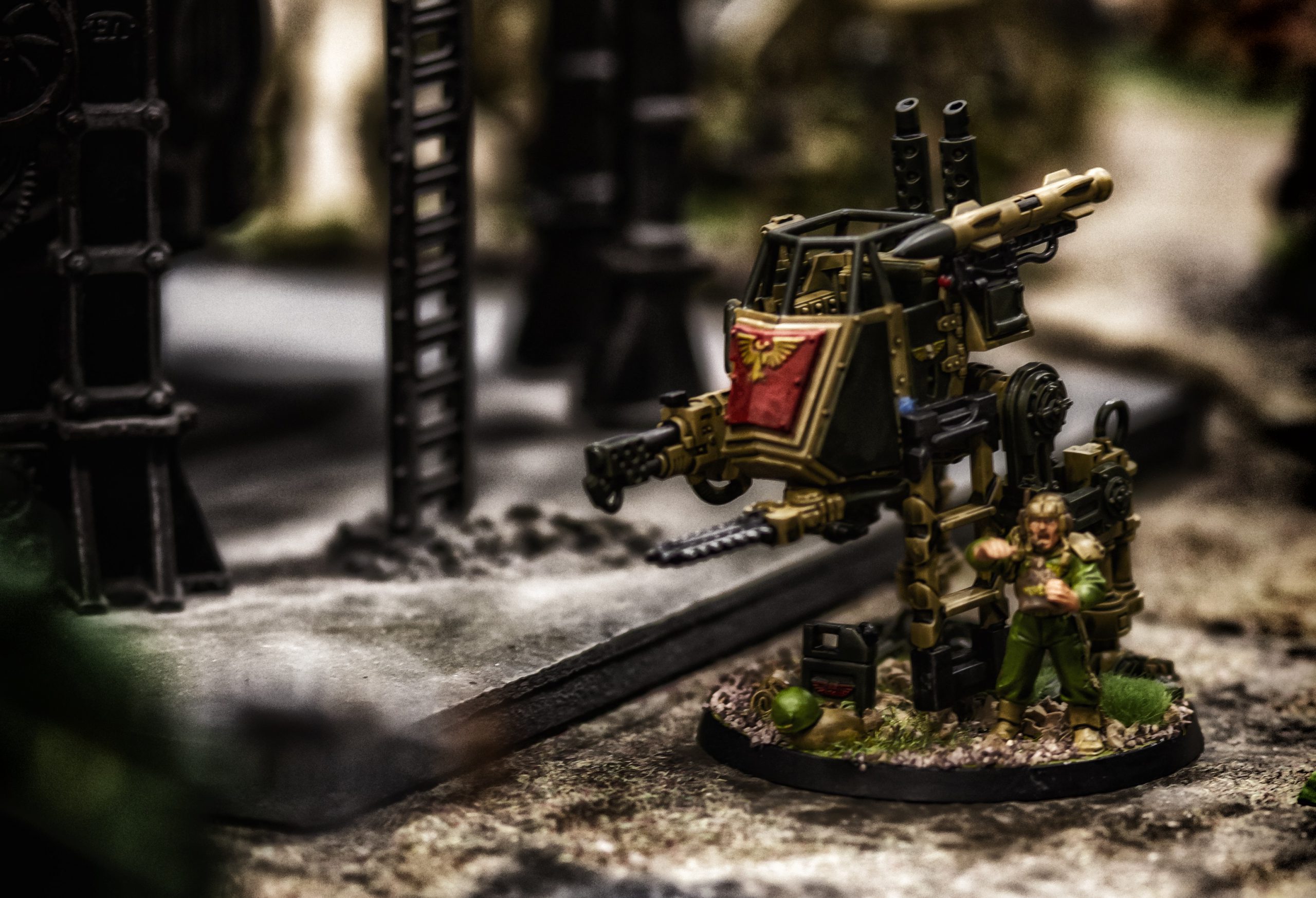
Price to Start
In truth, there isn’t much to be done about the first; the hobby isn’t cheap. Games Workshop does have starter sets that include models at discounted rates, however. For 9th edition they have released a few at different commitment levels. These sets are pretty reasonably priced (particularly compared to buying the figures on their own) and have the added benefit of including enough terrain to create a small battlefield to actually play the game on. There are also periodic releases of big box sets that, while not cheap as a single purchase, do usually include a hefty discount for the figures inside. Indomitus, the most recent such box, contained 59 figures for £100, to give you some idea. It provided two small but complete starting armies. Unfortunately, that box set is now sold out, something that you will have to contend with for these limited releases.
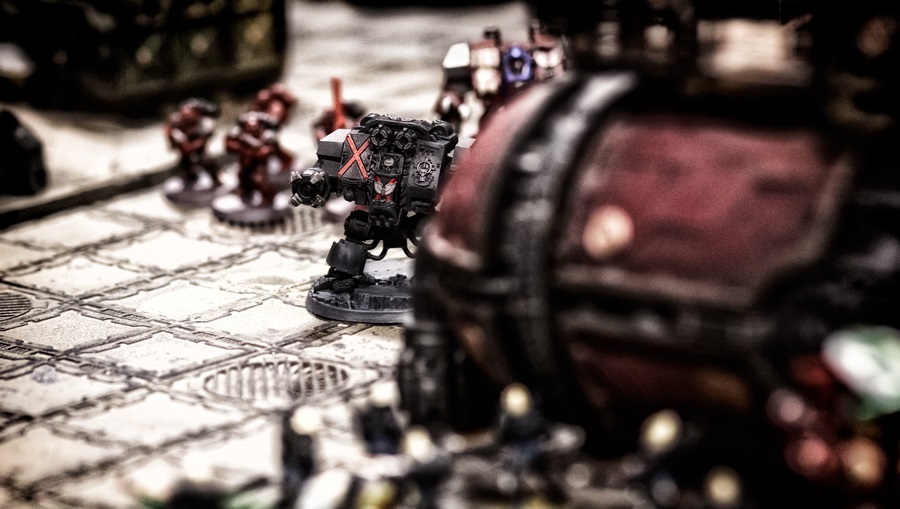
Expansion
Historically, even if you managed to get your hands on one of these box sets, however, you would still find yourself in a position of really needing to buy more stuff on top. While you could theoretically play games at smaller model counts and army sizes in recent editions, the reality of the scene is that most players would be looking to play games at 150 to 200% of the size of one of the armies from the limited box sets. 9th edition looks to address that. For the first time Games Workshop has created game modes and adaptations for the game tailored towards smaller games. It is feasible to get yourself a small starter army and add bits and pieces slowly over time as the mood takes you (and your wallet). The pointiest arrow in your quiver when it comes to this expansion is definitely eBay. At time of writing there are over 120,000 auctions on eBay if you search for Warhammer 40k. Games Workshop will not thank me for encouraging players towards the second-hand market but the truth of the situation is that, if you’re patient and canny, you can pick up models for good reductions on the site. Particularly keep your eye out for larger lots of models as you can start to see massive savings in those areas if you have the capital to front a purchase.
eBay isn’t your only recourse for new models though. You can, of course, buy them direct from Games Workshop, but there are a number of excellent third party sites that move 40k product too; places such as Element Games, Leodis Games and Goblin Gaming all carry a good range and are 10-20% cheaper than buying direct from Games Workshop. Something to bear in mind though is that Games Workshop only allow these sites to carry some of their range. There are some models you can’t get through third party sellers. A not insignificant footnote on this is the ForgeWorld range. The full history of ForgeWorld is not interesting enough to get into here but, essentially, they’re a range of models from Games Workshop made in small batches rather than the mass-production of the main line. They support a lot of games but have a big range of 40k stuff, all produced in resin rather than plastic. ForgeWorld stuff is expensive (even by the standards of this game) but it is lovely and can make an amazing centrepiece for your army. The only place to get it is from the ForgeWorld store though, unless you get lucky on eBay.
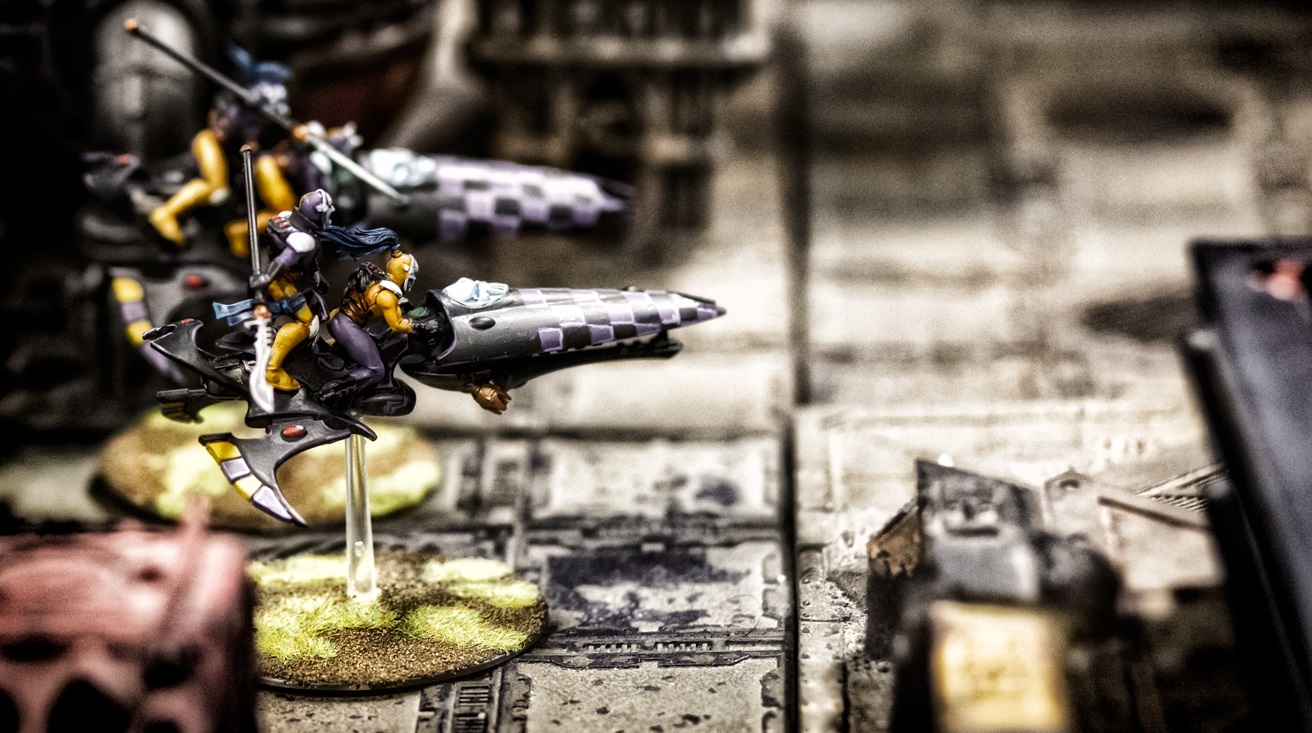
Accessibility
Not only can you now play many, and varied, games of 40k with a small army, the game has also been adapted so that such games will fit on a normal dining room table. Previously, games were played on 6’ by 4’ tables, simply too large for most people to accommodate at home; both for space reasons and because of the amount of terrain that would be needed for such a large board. Now, the table size has been reduced for smaller size games to the level that it fits on most dining room tables. Making it easier to play the game at home, and with a smaller up-front investment is a real win for the game.
Of course, even if you can now play on your table at home, there’s still the question of terrain. You need something for your sneaky Aeldari to cower behind after all. The starter sets mentioned above do include some terrain to get you started and Games Workshop, naturally, sells a large range of lovely, thematic scenery but you’re paying for it, like you are with all GW stuff. There are good third-party terrain sellers though with prices ranging from cheap through to exorbitantly expensive. Start out with TT Combat, GaleFoce9’s Battlefield in a Box range, Mantic, Battle Systems and Gamemat.eu. There are tons more options and you should already be able to see you can get anything from cardboard to mdf to resin, pre-painted or not. A last shout out here for Kickstarter. If you keep an eye on it, a lot of terrain sets come through there and you can get them for good prices if you back in time. As well as these dedicated terrain merchants you can get creative. Aquarium decorations offer a lot of mileage (check the scale!) and you can make your own terrain fairly easily out of things you have lying around. Make use of all those polystyrene packaging pieces! Lastly, there is absolutely no shame, in a pinch, in using Pringles cans, tins of beans and books. Play the game however you want.
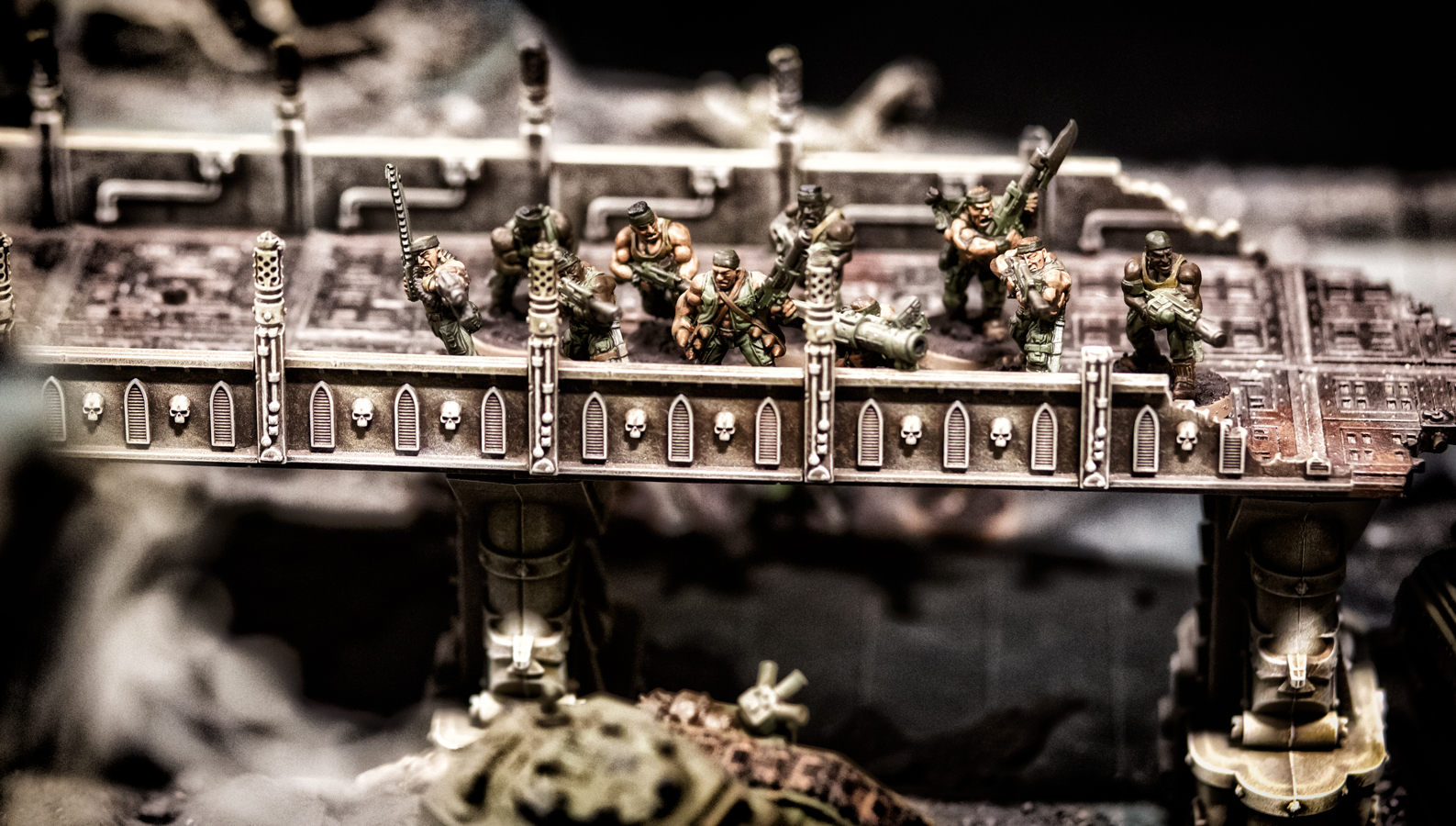
Yuk, painting
The final barrier is the intimidating nature of assembling and painting your miniatures; as well as the additional expense of purchasing the paints and equipment required. Speaking as someone who both hates, and is pretty bad at, painting I can certainly sympathise with anyone daunted by this process. The models that Games Workshop makes do look amazing when painted up but the reality of our home efforts often fails to live up to anything like these standards. As that link states though, with a bit of effort (and a good dose of YouTube research) your painting will improve quickly. Even I will admit that, even if I don’t like the process of painting, it is very satisfying when all is said and done. As far as the expense goes, as with the miniatures there isn’t too much to be done about that. The main tip there is simply to not automatically buy Games Workshop’s own brand (Citadel) of supplies and paints. They are excellent products but they are not cheap. You can get a good start by going to places like Hobbycraft for brushes and modelling tools. As for paints, invest a bit of time in learning basic colour theory and buy pots of the main colours, white, black and metallics. You can mix most of what you need with a bit of patience and practice. Also, it’s good if your first minis are pretty rubbish. That way when you compare them to the masterworks you create later on you will get to feel very pleased with yourself.
There is also a huge amount of content on the internet to help you get started in the hobby. To see the game in action you can go to YouTube and channels like Tabletop Tactics and Winters SEO or, for a more competitive view, Tabletop Titans. For painting and modelling tips, the Warhammer TV channel itself is very good, as well as channels like Midwinter Minis, Miniac and Duncan Rhodes’ Painting Academy.
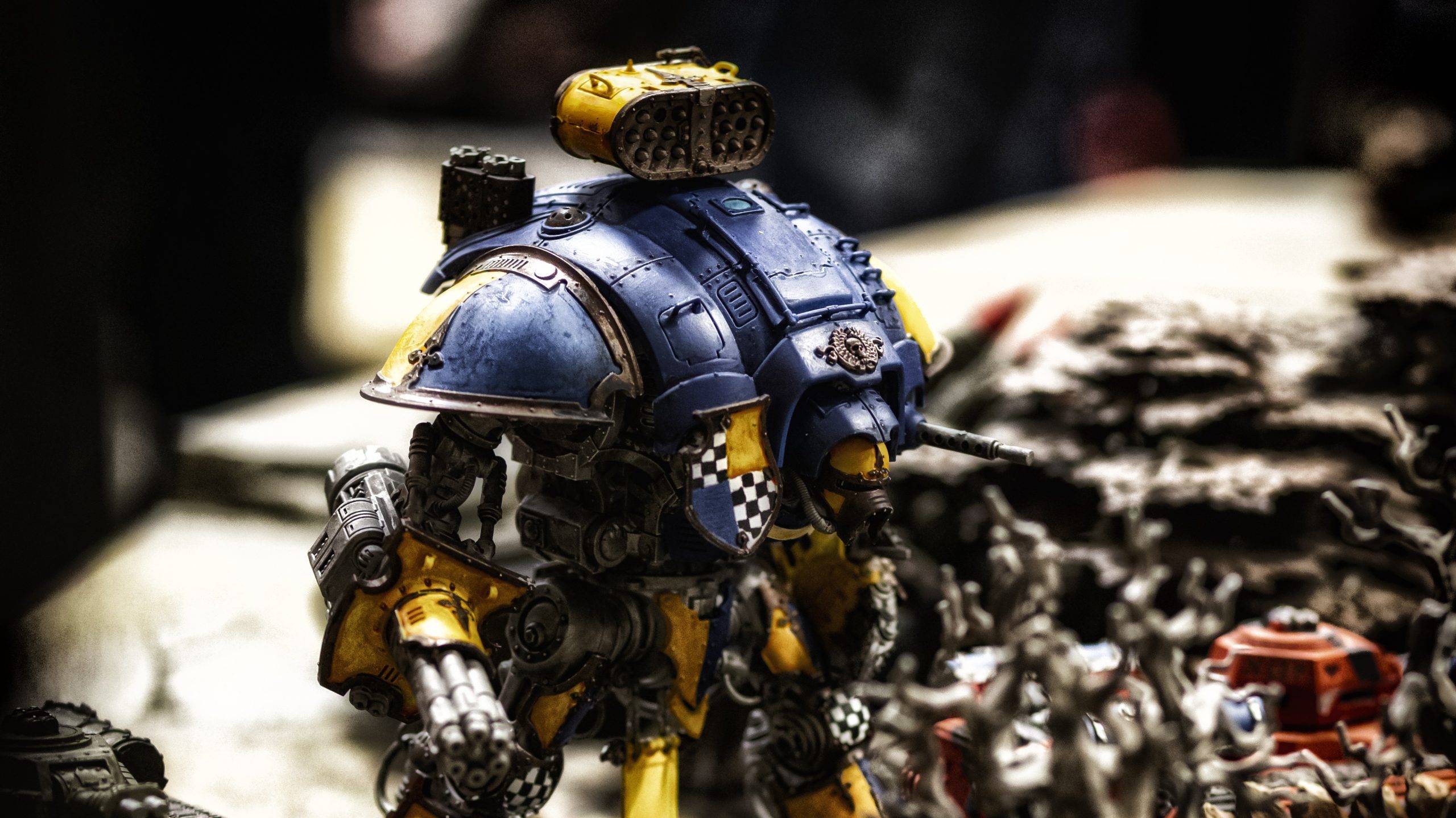
A more complete painting and assembly guide is coming soon so watch this space for a more in-depth guide if that’s something you’re interested in.
Ultimately, Games Workshop has succeeded in its desire to make the most accessible version of 40k yet but, realistically, it’s still a hobby that requires, even at a small scale, a not insignificant investment of time and money to get into. Perhaps the best place to start is to go down to your local Games Workshop or Friendly, Local Gaming Store and ask them about it (maintain social distancing, people!). Alternatively, if you know someone who is into the hobby, ask them about it. See if you can arrange a demo game using their models to get a feel for whether you like it. As with many hobbies, the community around 40k is really the place to start.
Photos provided by Ben Archer.